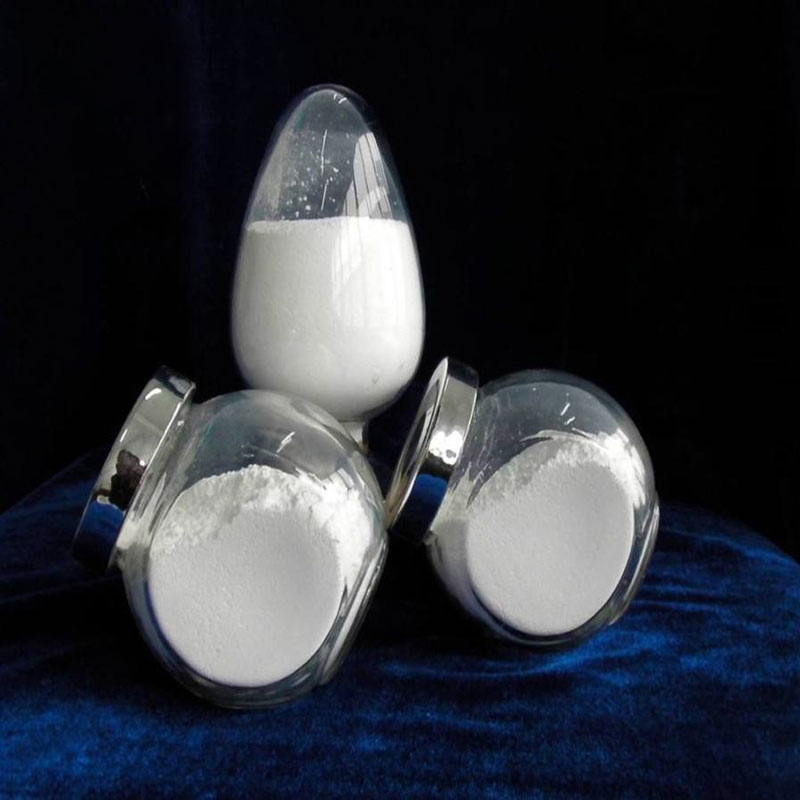Abstract: Re-dispersible polymer powders (RDPs) are essential additives in various industries, including construction, paints, and adhesives, due to their ability to improve the performance of cementitious materials and coatings. Ensuring the quality of RDPs is crucial to guarantee their effectiveness and reliability in end-use applications. This paper provides a comprehensive review of quality testing methods for RDPs, covering various aspects such as chemical composition, particle morphology, physical properties, and performance characteristics. The discussion encompasses both traditional testing techniques and advanced analytical methods, highlighting their principles, advantages, and limitations. Furthermore, the paper explores emerging trends and future prospects in quality assessment methodologies for RDPs.
Keywords: Re-dispersible polymer powder (RDP), Quality testing, Chemical composition, Particle morphology, Physical properties, Performance characteristics
- Introduction Re-dispersible polymer powders (RDPs) play a critical role as multifunctional additives in a wide range of applications, including construction materials, paints, and adhesives. The quality of RDPs directly impacts the properties and performance of the final products. Therefore, comprehensive quality testing methods are essential to assess various parameters and ensure the consistency and reliability of RDPs.
- Chemical Composition Analysis 2.1. Fourier Transform Infrared Spectroscopy (FTIR) FTIR analysis provides valuable information about the chemical composition and functional groups present in RDPs, allowing for the identification of polymers and additives. FTIR spectra can be used to verify the presence of specific functional groups, such as vinyl acetate, ethylene, and acrylic esters.
2.2. Elemental Analysis Elemental analysis techniques, such as X-ray fluorescence (XRF) and inductively coupled plasma mass spectrometry (ICP-MS), are employed to determine the elemental composition of RDPs. These methods are particularly useful for quantifying trace elements and impurities, which may affect product quality and performance.
- Particle Morphology Characterization 3.1. Scanning Electron Microscopy (SEM) SEM enables the visualization of RDP particles at high magnification, allowing for the assessment of particle size, shape, and surface morphology. Detailed morphological analysis provides insights into particle dispersion, agglomeration, and uniformity, which influence product performance and application properties.
3.2. Transmission Electron Microscopy (TEM) TEM offers higher resolution imaging of RDP particles, allowing for the observation of internal structures, crystallinity, and interfacial interactions. TEM analysis provides complementary information to SEM and is particularly useful for studying nanoscale features and polymer network formation.
- Physical Properties Evaluation 4.1. Particle Size Distribution (PSD) PSD analysis determines the size distribution of RDP particles, which influences properties such as flowability, packing density, and dispersion stability. Laser diffraction and dynamic light scattering (DLS) are commonly used techniques for measuring particle size distribution in RDPs.
4.2. Bulk Density and Tap Density Bulk density and tap density measurements provide information about the packing behavior and compaction properties of RDPs. These parameters are important for handling, storage, and transportation considerations.
- Performance Characteristics Assessment 5.1. Film Formation and Adhesion Film formation and adhesion properties of RDPs are evaluated through standardized tests such as the peel adhesion test, tensile strength measurement, and bonding strength assessment. These tests simulate real-world application conditions and assess the bonding performance of RDP-containing formulations.
5.2. Water Redispersibility Water redispersibility testing evaluates the ability of RDPs to re-disperse into stable colloidal suspensions upon contact with water. Redispersibility is essential for ensuring proper mixing and dispersion in cementitious materials and other applications requiring water-based formulations.
- Conclusion Quality testing methods for re-dispersible polymer powders (RDPs) encompass a wide range of analytical techniques, covering aspects such as chemical composition, particle morphology, physical properties, and performance characteristics. A combination of traditional and advanced testing methods is employed to ensure the reliability, consistency, and functionality of RDPs in various applications. Continued advancements in analytical instrumentation and testing protocols contribute to the development of more robust quality assessment methodologies for RDPs, driving innovation and quality assurance in the industry.
References: [List of relevant research articles, industry standards, and technical reports on quality testing methods for re-dispersible polymer powders.]


